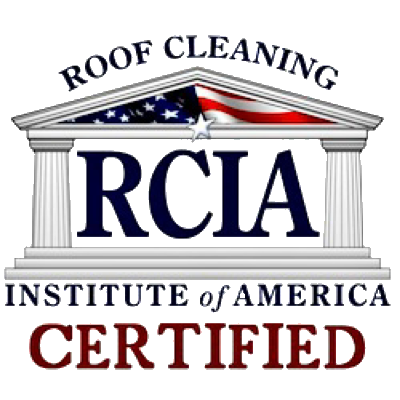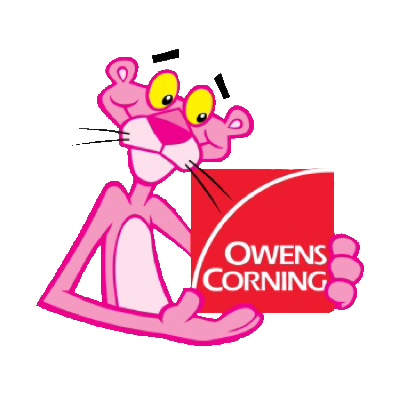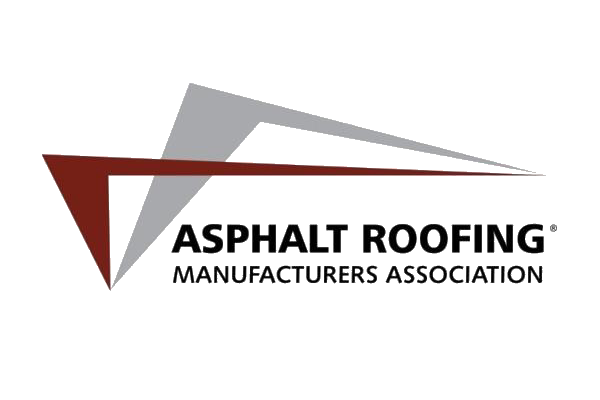
Maintaining large properties like an apartment complex is a lot of work. However, this is the best way to avoid expensive repairs down the road.
If you want your property to always look its best, it’s time to add apartment complex pressure washing to your preventive maintenance plan. Power Washing Genie delivers high-quality cleaning services with minimal interference with your daily operations.
Benefits of Apartment Complex Pressure Washing Services
Power Washing Genie has been providing professional pressure washing services for HOA communities, multi-housing facilities, apartment buildings, and condos for many years. We have refined our processes in order to deliver excellent cleaning services to our clients.
Here are additional benefits you can expect from our apartment complex pressure washing services:
Inspection Before Cleaning
Power Washing Genie first identifies potential problems that can affect pressure washing. We work with management on these issues to find easy and quick solutions.
Safe and Effective Cleaning Methods
Our team uses tried-and-tested techniques to effectively remove dirt, grime, mold, and stains from your apartment complex exterior. There is no risk of damage to the underlying surfaces, as well as other property assets.
Power Washing Genie technicians also wear protective gear to prevent accidents. We make use of safety harnesses and tether ropes when washing higher areas with the help of ladders and lifts.
Minimize Damage and Repairs
Pressure washing makes it easier for you to inspect your apartment complex. You can address issues so that you don’t have to deal with expensive repairs later on.
Protect Health of Residents
Mold, mildew, and algae can negatively impact the health of your residents. Pressure washing prevents these organisms from spreading to other areas of your property.
How to Clean Different Materials in an Apartment Complex
Apartment complexes are made up of many materials, each one requiring a specific cleaning method for excellent results. To prepare each surface, though, it’s important to sweep or wipe away any loose dirt, dust, or debris. This will allow for a more efficient and thorough cleaning process. It’s also imperative that all plants and shrubberies nearby are covered.
Concrete
Concrete surfaces can sometimes come with oil and grease stains that can make the pressure washing process difficult. As such, first, apply a degreaser to the area. This will help break down any oil and grease stains.
Then, spray down the surface with a cleaning detergent to get rid of any remaining dirt or grime. Leave the solution for a few minutes and scrub the area if necessary. Wash the detergent away using a recommended pressure level of 2,500 to 3,000 PSI and a 25-degree nozzle for effective cleaning without etching the surface. As a finishing touch, apply a sealer for a longer lifespan.
Brick
 When washing brick, it’s important to remember that it’s a more porous material. That means it absorbs moisture more, so applying detergent straight to the surface is not recommended. Instead, wash the area with water first, making sure it’s wet enough before applying detergent.
When washing brick, it’s important to remember that it’s a more porous material. That means it absorbs moisture more, so applying detergent straight to the surface is not recommended. Instead, wash the area with water first, making sure it’s wet enough before applying detergent.
Then, rinse it off by using a low pressure level of 500 PSI, increasing the intensity if needed. Make sure not to go beyond 2,000 PSI, though, as too high a pressure can damage the material. Accompany this with a 25-degree nozzle for a thorough cleaning. Older brick surfaces are best cleaned using soft washing.
Stucco
Soft washing is best used for stucco materials. Don’t wash stucco surfaces with gaps and cracks as the water can settle inside and damage the material. Seal these openings first prior to cleaning the stucco surface with pressurized water.
Spray a detergent on the stucco surface, starting from the bottom and working your way to the top, making sure to work in sections. Allow the solution to sit for 5 to 10 minutes without letting it dry. For stubborn dirt and stains, use a brush to scrub the area. Then, rinse it down using low-pressure water.
Vinyl
A mixture of water and white vinegar is a good general cleaning solution for vinyl surfaces. For more stubborn dirt and stains, though, it takes a combination of 2/3 cup powdered household cleaner, a quart of liquid laundry bleach, 1/3 cup of laundry detergent, and a gallon of water. Apply the solution to the surface, allowing it to sit for a few minutes to work its magic. Then, using a recommended pressure level of 500 to 1,000 PSI and a 25-degree nozzle, rinse the solution away.
Wood
Wood surfaces require a special wood cleaner, which is strong enough to clean the material but gentle enough to prevent damage. Make sure to use low pressure to apply the cleaner, scrubbing it into tight corners. For stained spots, use a rotating brush attachment to loosen the stain. Rinse the area down using a pressure level of 500 to 600 PSI and a 25- to 40-degree nozzle. When handling the wand, remember to go along the grain of the wood.
Stone
For general cleaning, apply a detergent to the stone surface and low-pressure water (500 to 1,000 PSI) fed through a fan nozzle to wash it down. Thicker and more stubborn dirt, algae, and grime will require bleach, though. Stone surfaces don’t react well with thick bleach, so make sure to use a plain bleach with no added chemicals or detergents.
Tile
Before pressure washing tile, make sure to check for any gaps or cracks first. Don’t proceed without sealing these openings, as water can get inside them and encourage mold growth. Use low-pressure water to wash tile surfaces so as not to damage grout and caulked seams. Detergents may be used, as well. Though, pressure washing ceramic and porcelain tiles is highly discouraged.
Glass
To effectively clean glass surfaces, use a multi-purpose soap or general detergent to remove dirt and grime. Some scrubbing may be necessary, though use a soft brush to prevent scratching the material. When rinsing the glass, use low-pressure water in the 1,000 PSI setting fed through a 40- to 60-degree nozzle. When pressure washing windows, make sure they are tightly closed first to avoid getting water inside the premises.





